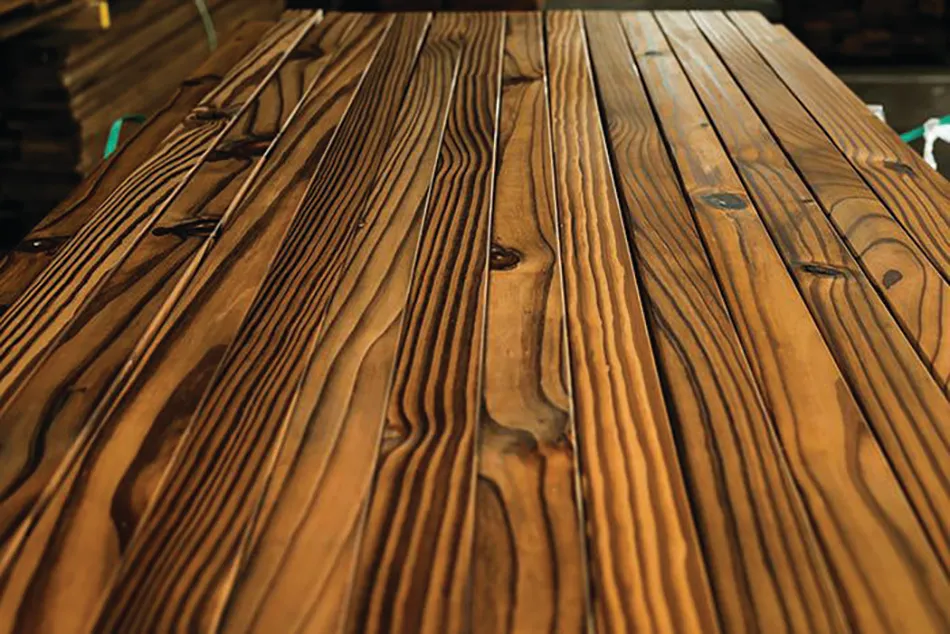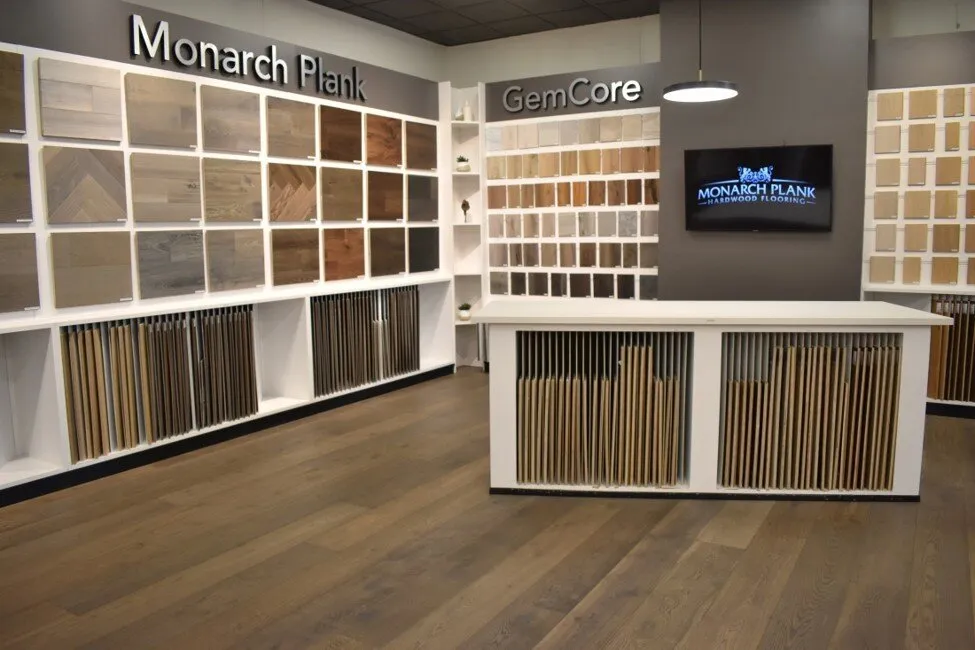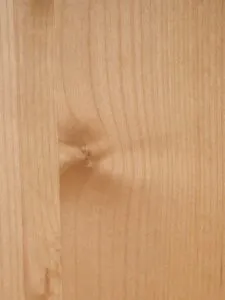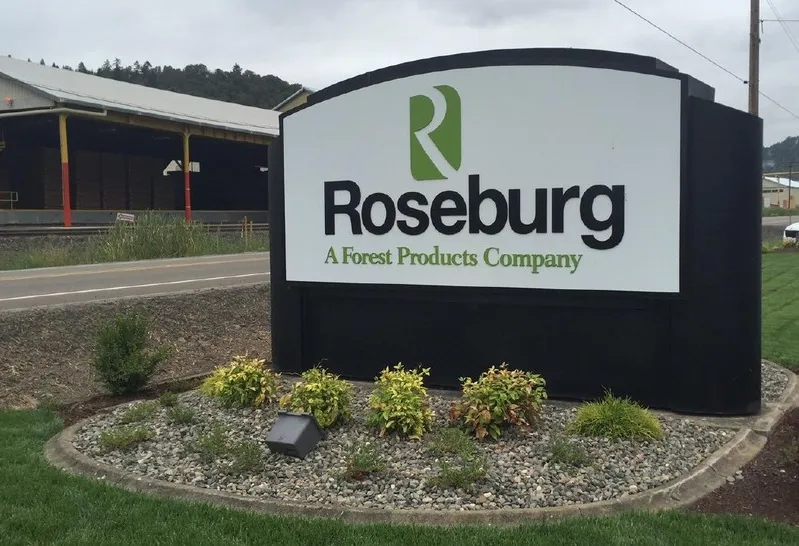Table of Contents
Architects, builders, contractors, and homeowners have a broad choice of construction materials from which to choose—all of which have their selling points—but the benefits of pressure treated wood are tough to beat. Yes, it’s beautiful and, yes, it’s versatile; but it also is second to none when it comes to sustainability.
Can’t See the Forest for the Trees
That fact may be lost on those who only know what they’ve been exposed to through “scare” campaigns. Marketing materials from competitors might, for example, present an image of a clear-cut forest along with language warning that wood consumption eradicates the tree population. Or they might ring the alarm about purportedly harmful use of chemicals in the treatment process.
Misinformation like this is part of the reason we at Lonza launched our own outreach project nine months ago to close the knowledge gap and combat misperceptions. The effort, which we’ve dubbed “Why Wood?,” aims to promote the advantages of this sustainable building material beyond the circle of industry insiders. Lonza is spreading the word to the rest of the world through print publications, social media resources, its customers, and even a video.
Why Wood?
These written, visual, and online materials share a common objective: to demonstrate how treated wood is good for the environment and good for people. First and foremost, it is derived from a natural and abundant renewable resource that can be used time and time again. When detractors portray the wood products industry as a tree-killer, intimating that forests are stripped and left barren, they fail to mention that the trees are responsibly harvested from managed forest lands that operate on a continued cycle of growth.
Different tracts are maintained at different phases of development, ensuring that each area is harvested at its optimal life stage to actually increase the overall productivity of the forest. When—after decades of cultivation and care—trees are eventually hewn, the soil is given a few months’ time to recover before new seeds are sown for future production. In fact, despite the fact that it owns just 15% of all forestland, the wood products industry accounts for more than 40% of the replanting that takes place—to the tune of approximately 3 million trees every single day. It’s no surprise, then, that there are more trees growing on U.S. forest land today than at any other time in the past 100-plus years!
When you talk about the sustainability of treated wood, it’s also important to remember that every part of each harvested tree is used in totality—nothing is wasted, and nothing is funneled back out into the environment. With sawmills, manufacturers, and other interests all clamoring for a piece, the wood is made into lumber for residential and commercial construction, poles, pilings, mulch, paper products, and an endless list of other uses.
That raises another important area of needed education about treated wood: the chemical process that infuses preservatives as a protection against termite damage and fungal decay, thus prolonging the life and furthering the natural resourcefulness of wood. Copper remains one of the primary ingredients in the preservation process. Just as copper is present in pennies and some medications, the other active ingredients also are found in the things we see and touch on a daily basis. They include propiconazole, which is used to protect fruits, nuts, and vegetables from fungi; tebuconazole, another fungicide that is commonly applied to flowers and shrubs; and water. The materials used to preserve wood are encountered in everyday life.
All in all, properly treated wood has a benevolent impact on our world. Its footprint on the environment is superior to other building materials. Treated lumber requires less energy during the production process than steel, concrete, or composites—meaning its ultimate carbon footprint is smaller. It’s also lighter—and thus, less expensive—to transport. Wood is derived from a natural resource and is beneficial to humans through its sequestration of carbon. When a tree is cut at its peak and the wood is then preserved, carbon is captured in the wood and not allowed to escape—carbon that enters the environment contributes to the ozone problem, greenhouse gas emissions, and the like. Importantly, because of the way it is harvested, treated wood can be produced over and over so that future generations—our children, grandchildren, and great grandkids—will have access to and enjoyment of it as well.









